Contents
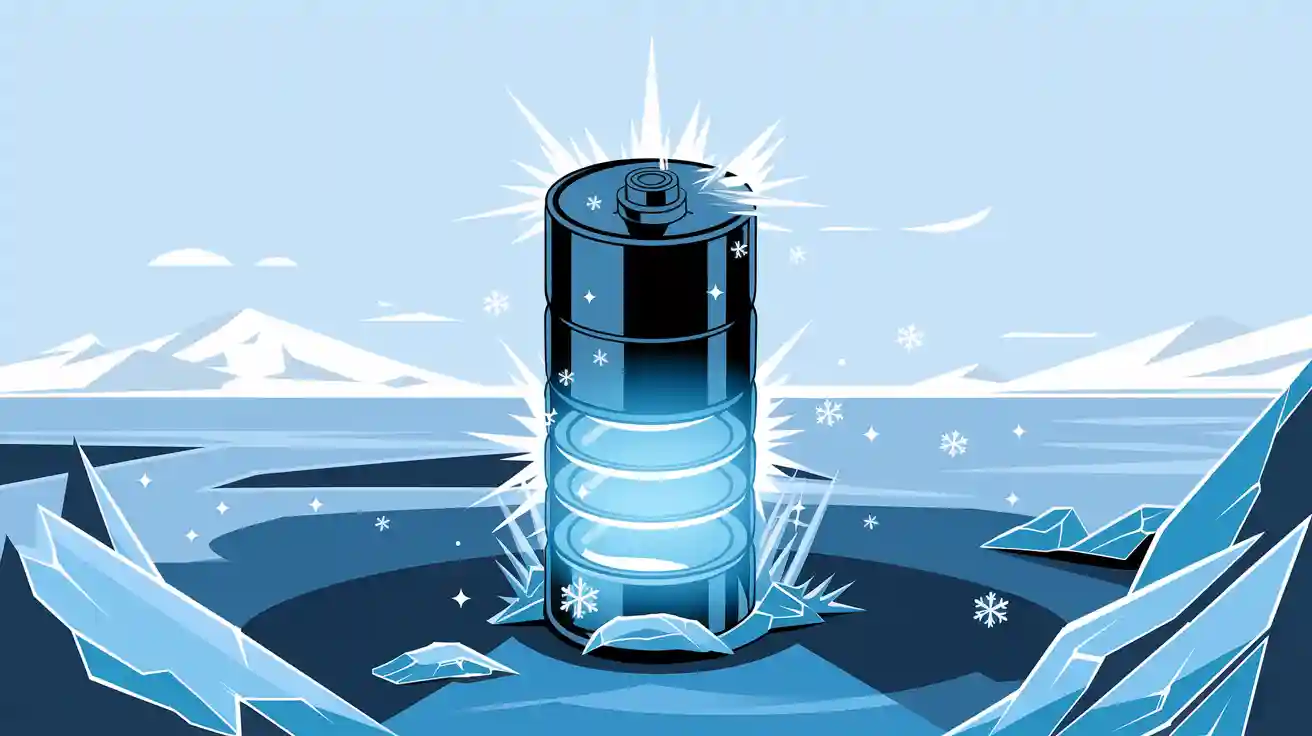
Low-temperature lithium batteries excel in extreme cold by leveraging advanced materials and innovative designs, providing a reliable power source even in harsh conditions, showcasing their cold weather performance . These batteries utilize fluorinated electrolytes that form stable interphases, ensuring reliable performance from 25 to −70 °C. Additionally, lithium-ion batteries tend to warm up when in use, reducing resistance and increasing voltage, which further enhances their performance in cold conditions. Industries like aerospace and infrastructure rely on their durability and efficiency for consistent power. Their specialized construction minimizes polarization, enhancing cycling stability even in sub-zero conditions.
-
Low-temperature lithium batteries work well in very cold weather. They keep their power and are reliable for important uses.
-
Special liquids and smart designs stop energy waste. Lithium batteries maintain higher capacity than lead-acid batteries in low temperatures, making them great for jobs like space travel and the military.
-
These batteries are light and need no upkeep. They save money and are perfect for faraway or tough places.
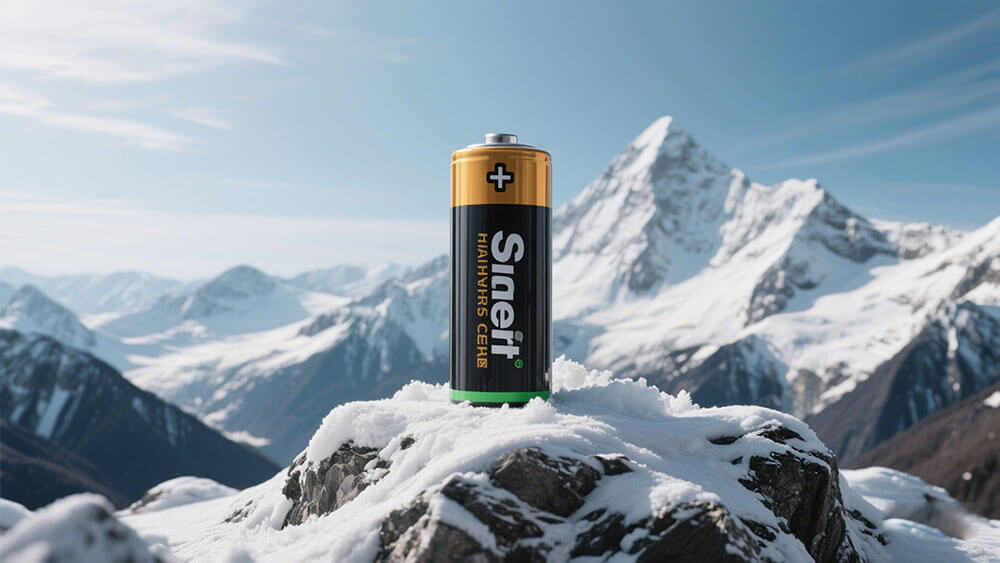
Part 1: Key Features of Low-temperature Lithium Batteries
1.1 Advanced Electrolyte Formulation for Low Temperature Protection
Low-temperature lithium batteries achieve exceptional performance in extreme climates due to their advanced electrolyte formulations. These electrolytes are engineered to remain stable and conductive even at ultra-low temperatures, ensuring consistent power delivery in various weather conditions. The inclusion of fluorinated solvents and additives enhances ion mobility, reducing the risk of electrolyte freezing, ensuring reliability under cold weather conditions . This innovation provides robust low temperature protection, making these batteries suitable for sub-zero environments.
Laboratory tests confirm the effectiveness of these formulations. For instance, at -60°C, low-temperature lithium batteries retain 93.3% of their capacity after 100 cycles, demonstrating their resilience, which contributes to their overall battery life . Even at -85°C, they maintain a specific energy of 171.8 Wh/kg, showcasing their potential for applications in aerospace and industrial sectors. However, it is important to note that all batteries experience a reduction in capacity in cold weather, though these advanced designs mitigate the impact significantly.
The results highlight the critical role of electrolyte formulation in ensuring low-temperature performance. By maintaining high capacity retention and energy density, these batteries meet the demands of industries operating in harsh environments.
1.2 Specialized Design to Enhance Lithium Battery Performance in Cold
The specialized design of low-temperature lithium batteries addresses the challenges posed by extreme cold. Engineers optimize the internal structure to minimize polarization and enhance ion transport. Deep cycle batteries, designed for applications like marine and RV usage in cold weather, endure repeated deep discharges and maintain reliable performance in freezing temperatures. This reduces energy loss and ensures efficient operation even at temperatures as low as -40°C, comparable to the effectiveness of cold cranking amps . Additionally, the use of advanced separators and cathode materials further improves lithium battery performance in cold conditions. The electrolyte solution inside batteries thickens in freezing temperatures, hindering ion movement, but these designs counteract this effect to maintain performance.
Comparative studies reveal the superiority of these designs. Conventional lithium-ion batteries experience a significant capacity drop at -20°C, retaining only 66% of their capacity. At -40°C, their performance plummets to just 5%. In contrast, advanced solid-state batteries (ASSBs) tailored for extreme cold maintain higher specific capacities, as shown below:
|
Temperature (°C) |
Specific Capacity |
Performance Notes |
|
|---|---|---|---|
|
Conventional LIB |
-20 |
66% |
Significant reduction in capacity |
|
Conventional LIB |
-40 |
5% |
Severe drop in energy density |
|
ASSB (Li-In |
LGPS-L1.25NTCl |
LCO) |
-60 |
This data underscores the importance of specialized design in achieving reliable performance. By leveraging these innovations, low-temperature lithium batteries support critical applications in robotics, infrastructure, and security systems.
1.3 High Energy Density and Low Internal Resistance
Low-temperature lithium batteries combine high energy density with low internal resistance, ensuring efficient stored energy delivery in cold climates. The high energy density allows these batteries to store more power in a compact form, while low internal resistance minimizes energy loss during discharge. This combination is particularly beneficial for applications requiring consistent power output, such as medical devices and industrial equipment.
Performance metrics further illustrate these advantages. At temperatures below 0°C, low-temperature batteries operate at 95-98% capacity, maintaining efficiency. However, as temperatures drop to -30°C, capacity reduces to 50%, and below -30°C, it decreases to 20%. Despite these challenges, the batteries’ low internal resistance ensures stable operation, making them ideal for demanding environments.
Key performance metrics include:
-
At temperatures below 0°C, low-temperature batteries retain 95-98% capacity.
-
Charging rates at -10°C to -20°C are limited to 0.05C, affecting charging duration.
-
At -30°C, capacity drops to 50%, while below -30°C, it reduces to 20%.
These features make low-temperature lithium batteries indispensable for industries requiring reliable power in extreme conditions. Their ability to deliver high energy density and maintain efficiency ensures optimal performance across various applications.
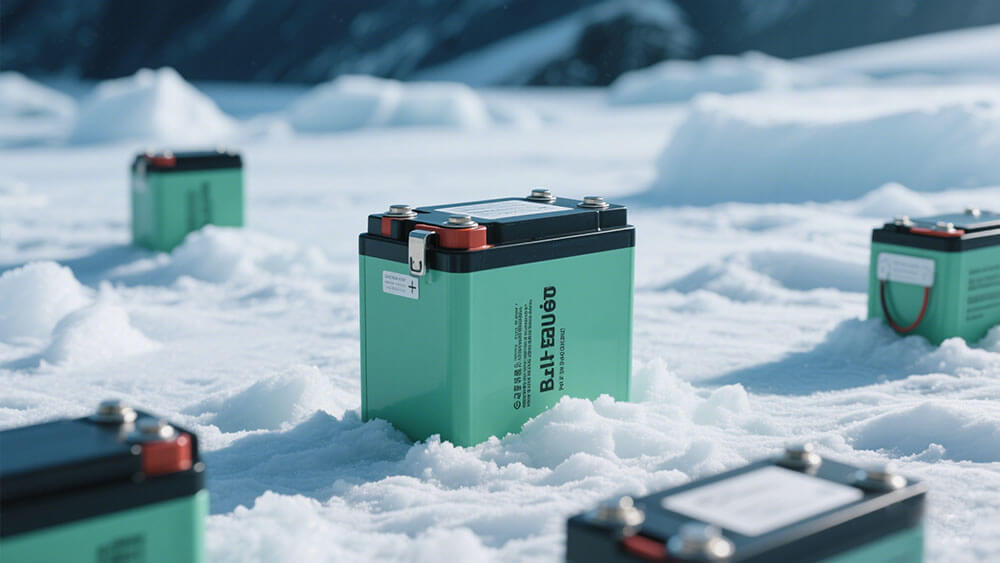
Part 2: Benefits of Low-temperature Lithium Batteries in Extreme Cold
2.1 Reliable Capacity Retention and Longevity
Low-temperature lithium batteries deliver exceptional reliability in cold environments, ensuring consistent capacity retention and extended lifespan. A good battery, like these advanced lithium rechargeable batteries, maintains its efficiency even at extreme temperatures, unlike ordinary lithium-ion batteries, which suffer significant performance degradation in sub-zero conditions. This reliability stems from their innovative design and materials, which minimize the impact of low temperature cutoff on battery performance.
The longevity of these batteries is particularly noteworthy. Depth of discharge (DoD) plays a critical role in determining the lifespan of a battery. For instance, at 100% DoD, NMC batteries typically achieve around 300 cycles, while LiFePO4 batteries can reach up to 600 cycles. Reducing the DoD to 20% significantly extends the lifespan, with NMC batteries achieving 2,000 cycles and LiFePO4 batteries reaching an impressive 9,000 cycles. The table below illustrates this relationship: Cycle life of rechargeable batteries.
|
Depth of Discharge |
Discharge cycles (NMC) |
Discharge cycles (LiFePO4) |
|---|---|---|
|
100% DoD |
~300 |
~600 |
|
80% DoD |
~400 |
~900 |
|
60% DoD |
~600 |
~1,500 |
|
40% DoD |
~1,000 |
~3,000 |
|
20% DoD |
~2,000 |
~5,000 |
This data highlights the long life of low-temperature lithium batteries, making them ideal for applications in industrial and infrastructure sectors. By optimizing the depth of discharge, you can maximize the lifespan of your battery systems, ensuring cost efficiency and operational reliability.
2.2 Enhanced Safety Features for Sub-zero Environments
Operating in cold environments poses unique safety challenges for cold weather batteries. Ordinary lithium-ion batteries often experience thermal instability and electrolyte freezing, increasing the risk of failure. Low-temperature lithium-ion batteries address these issues with advanced safety features tailored for sub-zero conditions.
These batteries incorporate specialized separators and robust cathode materials that enhance cold resistance. The low temperature cutoff mechanism prevents over-discharge, safeguarding the battery from irreversible damage. Additionally, the use of fluorinated electrolytes ensures stable ion transport, reducing the likelihood of short circuits or thermal runaway.
For industries like security systems and robotics, safety is paramount. Low-temperature lithium batteries provide peace of mind by maintaining stable performance and minimizing risks in harsh environments. Their enhanced safety features make them a reliable choice for critical applications where failure is not an option.
2.3 Lightweight and Maintenance-free Design
The lightweight and maintenance-free design of low-temperature lithium batteries offers significant advantages for industries requiring portable and reliable power solutions. These batteries weigh less than traditional alternatives, making them easier to integrate into compact systems without compromising performance. Additionally, they are easy to recharge, even in cold conditions, which is particularly beneficial for applications in consumer electronics and medical devices, where space and weight constraints are critical.
Moreover, the maintenance-free nature of these batteries reduces operational costs and downtime. Unlike ordinary lithium-ion batteries, which may require frequent inspections and replacements in cold environments, low-temperature lithium batteries are designed to withstand harsh conditions with minimal upkeep. This durability ensures uninterrupted performance, even in remote or challenging locations.
By choosing low-temperature polymer lithium-ion batteries, you can benefit from a combination of high efficiency, reduced maintenance, and ease of integration. These attributes make them an excellent choice for industries prioritizing reliability and cost-effectiveness.
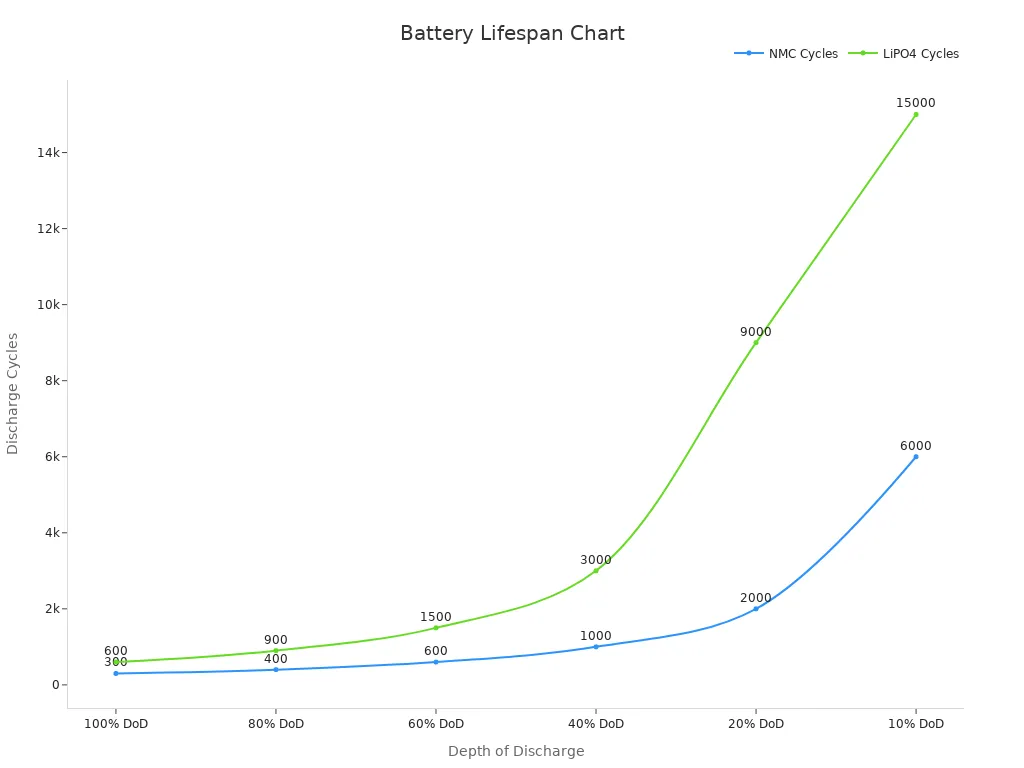
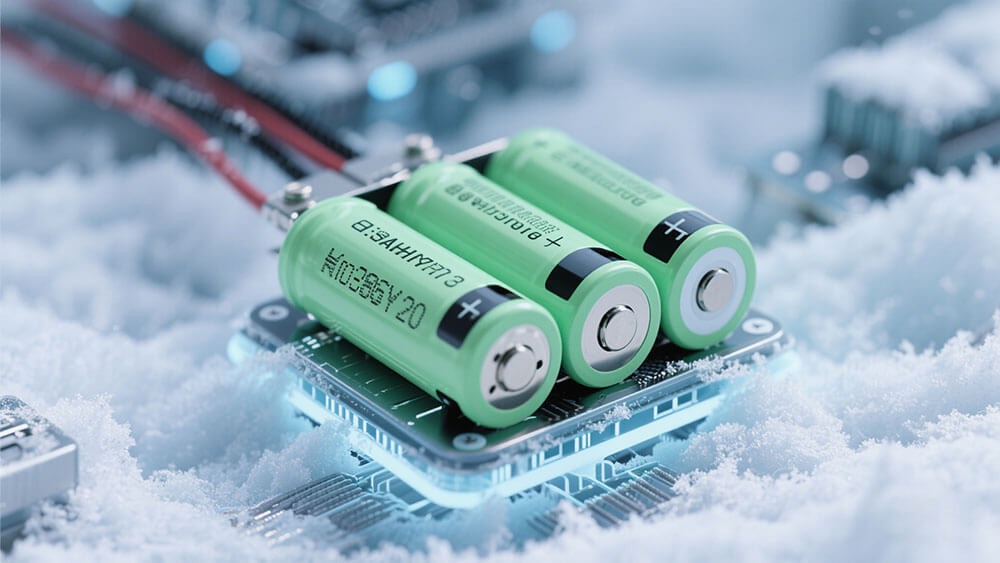
Part 3: Overcoming Challenges of Cold Environments
3.1 Common Issues with Conventional Batteries in Cold
Conventional batteries face significant challenges in cold environments, which can severely impact their performance and reliability. These issues include:
-
Slower chemical reactions, leading to reduced ion mobility and voltage drop, which significantly impact battery performance in cold weather.
-
Irreversible damage caused by prolonged exposure to sub-zero temperatures, especially when idle.
-
Physical contraction of internal components, hindering electron transfer and increasing the likelihood of failure.
These limitations make standard lithium-ion batteries unsuitable for applications requiring consistent performance in extreme cold. Industries such as infrastructure and robotics demand solutions that can withstand these harsh conditions without compromising efficiency or safety.
3.2 How Low-temperature Lithium Batteries Mitigate Capacity Loss
Low-temperature lithium batteries excel in mitigating capacity loss through advanced engineering and material innovation, maintaining a high percentage of their rated capacity even in sub-zero conditions. Their specialized electrolyte formulations and robust internal designs ensure stable performance even in sub-zero conditions. Comparative studies highlight their advantages:
|
Minimum Operating Temperature |
Characteristics |
|
|---|---|---|
|
Standard Li-ion |
-20°C |
Reduced capacity and efficiency |
|
-30°C |
Better thermal stability and safety |
|
|
LTO |
-40°C |
Excellent charge/discharge rates in cold |
These batteries maintain higher capacity retention and slower resistance increases during low-temperature cycling. For instance, cycling at 25°C results in significantly less degradation compared to higher temperatures like 35°C or 45°C. This capability ensures a longer cycle life and reliable performance, making them ideal for critical applications in industrial and medical sectors.
3.3 Comparison of Low-temperature Lithium Batteries with Other Technologies
Low-temperature lithium batteries outperform other technologies in cold settings, with cold weather compared to highlight their superior energy density, cycle life, and thermal stability. The table below provides a detailed comparison:
|
Battery Type |
Specific Energy |
Cycle Life |
Thermal Stability |
Cold Temperature Performance |
|---|---|---|---|---|
|
Li-titanate (LTO) |
Low |
High |
Excellent |
Best |
|
Li-manganese (LMO) |
Moderate |
Moderate |
Superior |
Moderate |
|
Li-phosphate (LiFePO4) |
Moderate |
High |
Superior |
Moderate |
|
Li-aluminum (NCA) |
High |
Moderate |
Good |
Poor |
|
Lead-acid |
Low |
Low |
Poor |
Poor |
|
Nickel-based |
Moderate |
Moderate |
Moderate |
Poor |
This comparison underscores the unmatched performance of low-temperature lithium batteries in extreme conditions. Their ability to combine efficiency, safety, and durability makes them a preferred choice for industries requiring reliable power solutions.

Part 4: Real-world Applications of Low-temperature Lithium Batteries
4.1 Aerospace and High-altitude Operations
Low-temperature lithium batteries play a critical role in aerospace and high-altitude operations, where extreme weather conditions, such as extreme cold and reduced atmospheric pressure, challenge conventional power systems. These batteries ensure reliable energy delivery for satellites, drones, and high-altitude aircraft, showcasing their superior performance in extreme environments . Their advanced thermal stability and high energy density make them ideal for environments where temperatures can plummet to -60°C or lower.
A study on battery performance in high-altitude environments revealed that while discharge capacity remained unaffected by altitude, battery temperature was highly sensitive to changes. Cooling efficiency declined as altitude increased, underscoring the importance of thermal management in aerospace applications.
By maintaining consistent performance under such conditions, these batteries support critical systems like navigation, communication, and propulsion. Their lightweight design further enhances fuel efficiency, making them indispensable for modern aerospace technologies.
4.2 Military and Defense Applications
Military operations often occur in extreme environments, requiring dependable power solutions that can withstand sub-zero temperatures. Low-temperature lithium batteries meet these demands by maintaining at least 80% capacity at -40°C. This reliability ensures uninterrupted operation of critical equipment, such as communication devices, surveillance systems, and unmanned vehicles.
-
The U.S. Department of Defense allocated $27 million in 2023 for cold-weather battery development, highlighting their strategic importance.
-
Norway’s Troll Station reported a drop in failure rates from 15% to below 3% after adopting these batteries, saving $1.2 million annually in maintenance costs.
These batteries also enhance operational safety by reducing the risk of thermal runaway, a crucial factor in defense applications. Their robust design ensures durability, even in the harshest conditions.
4.3 Arctic Exploration and Industrial Use Cases
Arctic exploration and industrial operations demand power solutions that can endure prolonged exposure to freezing temperatures for a long period. Low-temperature lithium batteries excel in these scenarios, powering equipment like drilling rigs, remote sensors, and autonomous vehicles, even in winter conditions . Their ability to retain capacity and deliver consistent energy ensures operational efficiency in remote and challenging locations.
For industrial applications, these batteries reduce downtime and maintenance costs. Their high energy density and low internal resistance make them suitable for powering heavy machinery and monitoring systems. By choosing these batteries, you can ensure reliable performance and cost savings in extreme cold environments.
To explore custom solutions tailored to your specific needs, visit Large Power’s consultation page
Low-temperature lithium batteries offer unmatched reliability and efficiency in extreme cold. Their advanced designs and materials ensure optimal performance across a wide operating temperature range. Techniques like Differential Scanning Calorimetry (DSC) enhance their formulation, improving their charging temperature range and cold-weather resilience. These batteries empower industries to maintain operations without compromise.
|
Technique |
Benefit |
Application in Battery Performance |
|---|---|---|
|
Differential Scanning Calorimetry (DSC) |
Measures heat flow to determine freezing/melting onset temperatures |
Informs formulation adjustments for low temperature efficiency |
|
Modulated DSC (MDSC) |
Separates crystallization and melting transitions |
Enhances understanding of electrolyte behavior in cold conditions |
FAQ
1. What makes low-temperature lithium batteries suitable for sub-zero charging?
Recharged low-temperature lithium batteries use advanced electrolytes and a battery management system to ensure stable charging performance, even in extreme cold conditions. Charging lithium batteries below freezing without reducing the charge current can lead to lithium plating, diminishing battery capacity, thus affecting overall energy storage . The battery management system helps mitigate this risk by optimizing the charging process for safety and efficiency.
2. How does the battery management system enhance safety in cold environments?
The battery management system monitors temperature, prevents overcharging, and ensures optimal performance, reducing risks like thermal runaway in sub-zero conditions.
3. Can low-temperature lithium batteries support fast charging in extreme cold?
Yes, but charging rates may reduce at sub-zero temperatures to protect the battery. The battery management system optimizes the process for safety and efficiency.
Explore custom solutions tailored to your needs by visiting Large Power’s consultation page.





